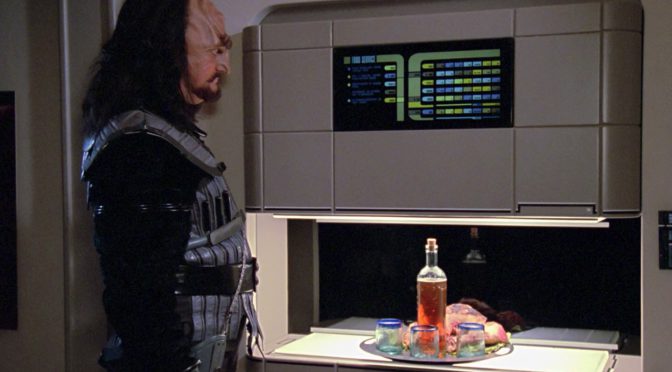Images of the future are often polarized along pretty extreme lines. Dystopias and utopias dominate the landscape in science fiction because they’re often thought to be the easiest to write and easiest to deliver a message. The world within a dystopia can be used to magnify today’s problems to be easier to see while the world within a utopia can often highlight issues we don’t see in our daily lives. But the truth is that they’re not nearly as easy to write as people often think and a lot of attempts fall short of the overall mark. Dystopias, in particular, are generally derived from each other and have become attached to tropes rather than genuine ideas. And utopias, as I’ve established not too long ago, are generally the improper labeling of a superficial analysis of what turns out to be post-scarcity societies.
I’ve thrown around “post-scarcity society” often in the last couple weeks without going too in depth on the subject. For some people it would be hard to really tell the differences between a utopia and a post-scarcity society, with the two of them essentially looking ideal from where we stand and showing few of the problems we could readily identify in our current culture. But the division between the two is rather clear: a post-scarcity society has solved many major problems while a utopia has ostensibly solved all problems. And the fact of the matter is, while we’ve never seen a utopia in the real world (and likely never will), we have, however briefly, gone beyond some form of scarcity. Hell, it briefly appeared to happen in the last century before a peanut farmer harshed everyone’s buzz.

But the idealized post-scarcity, the one that you want to see in your speculative fiction, can be a tricky thing to write because it often requires you to understand problems from a completely different perspective. Because writing a post-scarcity society believably requires you to recognize… Continue reading Problems In Post-Scarcity


